
Spain Animals
Follow the Trail of Wild Nature – Nature Tourism in Spain
Spain, a country known for its diverse landscapes, from the snow-capped peaks of the Pyrenees to the sun-drenched beaches of the Mediterranean coast, is also home to a fascinating variety of wildlife. From the Iberian lynx, one of the rarest and most endangered feline species in the world, to the majestic Spanish imperial eagle soaring through the skies, Spain offers a unique opportunity to encounter some of Europe's most captivating animals.
Embark on a journey through the natural world of Spain and discover the Iberian wolf, a symbol of the country's untamed wilderness, and the playful Iberian ibex, which navigates the rugged terrain of the Spanish mountains with remarkable agility. Keep an eye out for the charming European brown bear, a true icon of the Pyrenees, and the elusive Eurasian lynx, a master of stealth in the Spanish woodlands. Whether you are a wildlife enthusiast or simply a curious traveler, Spain's diverse ecosystems provide a home to an array of captivating creatures waiting to be explored.
Mammals of Spain
In the diverse landscapes of Spain, a variety of mammals thrive, from the elusive Iberian lynx in the southwestern forests to the Cantabrian brown bear roaming the northern mountains. The Iberian Peninsula is the only place where the Iberian lynx is found in the wild, making it a unique and critically endangered species. In the Pyrenees, one might spot the Pyrenean chamois, a nimble mountain dweller. The Mediterranean scrublands and forests are home to the wild boar, a common sight across the country. The Iberian wolf, once widespread, now clings to the northern regions of Spain. Along the coasts, bottlenose dolphins play in the waves, while the Mediterranean monk seal, one of the world's rarest pinnipeds, may occasionally be seen basking on remote beaches. These mammals are integral to Spain's natural heritage and are a testament to the country's rich biodiversity.
Birds of Spain
Spain, with its diverse landscapes, is a haven for bird enthusiasts, boasting a rich avifauna that includes the regal Spanish Imperial Eagle, found in the forests of central and southwestern Spain. The Iberian Peninsula is also home to the flamboyant Greater Flamingo, congregating in the wetlands of Doñana National Park. In the rugged cliffs of the Pyrenees, one can spot the Bearded Vulture, a rare scavenger with a distinctive reddish breast. The wetlands and coastal areas are frequented by the elegant Black-winged Stilt, easily recognized by its long, pink legs. Meanwhile, the skies often echo with the melodious songs of the ubiquitous Nightingale, a small but vocal resident of Spain's woodlands.
Reptiles, Amphibians, Insects
Top Spots for Wildlife Observation in Spain
- Doñana National Park, situated in Andalusia in the southwest of Spain, is a mosaic of ecosystems including marshlands, shallow streams, and sand dunes. It is a haven for birdwatchers, hosting a variety of species such as the Spanish imperial eagle, the marbled teal, and the Iberian lynx, one of the rarest cats in the world. Migratory birds often stop here, including the flamboyant greater flamingo.
- Sierra Nevada National Park, also in Andalusia, is a rugged mountainous region that boasts the highest peak in mainland Spain. It is home to a variety of wildlife, including the Spanish ibex, wild boar, and the elusive Iberian wolf. Bird enthusiasts can spot the golden eagle and the griffon vulture soaring above the peaks.
- Picos de Europa National Park, located in the Cantabrian Mountains in northern Spain, is known for its deep valleys and impressive limestone peaks. This park is a sanctuary for the Cantabrian brown bear and the Iberian chamois. Birds of prey, such as the Egyptian vulture and the peregrine falcon, can also be observed in this rugged terrain.
- Aigüestortes i Estany de Sant Maurici National Park in Catalonia features high mountain ridges, rushing rivers, and over 200 lakes. The park is a habitat for the Pyrenean desman, a semi-aquatic mammal, and the capercaillie, a large forest grouse. The park's diverse environments also support populations of marmots and roe deer.
- Monfragüe National Park in Extremadura is a recognized UNESCO Biosphere Reserve, famous for its large forested areas and rock formations. It is particularly renowned for birdwatching, with species such as the black stork, the black vulture, and the Spanish imperial eagle. The park also provides a habitat for the Eurasian black vulture, one of the largest birds of prey.
- Cabañeros National Park, located between the provinces of Ciudad Real and Toledo, is known as the 'Spanish Serengeti' due to its rich biodiversity. The park is home to red deer, fallow deer, and wild boar. It also supports a variety of raptors, including the Spanish imperial eagle and the black vulture.
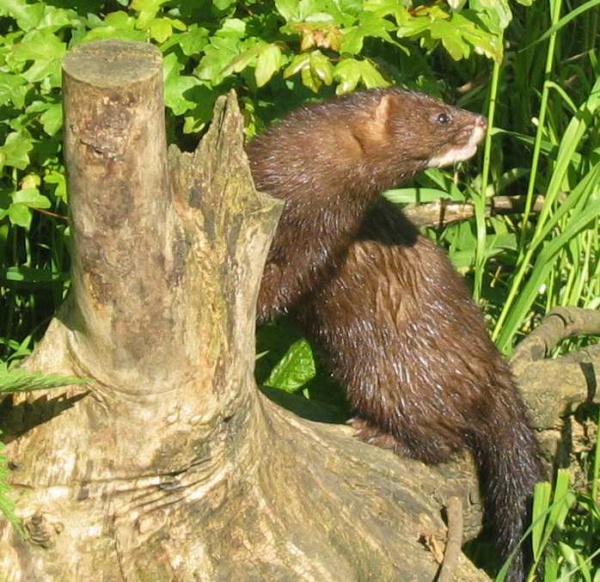
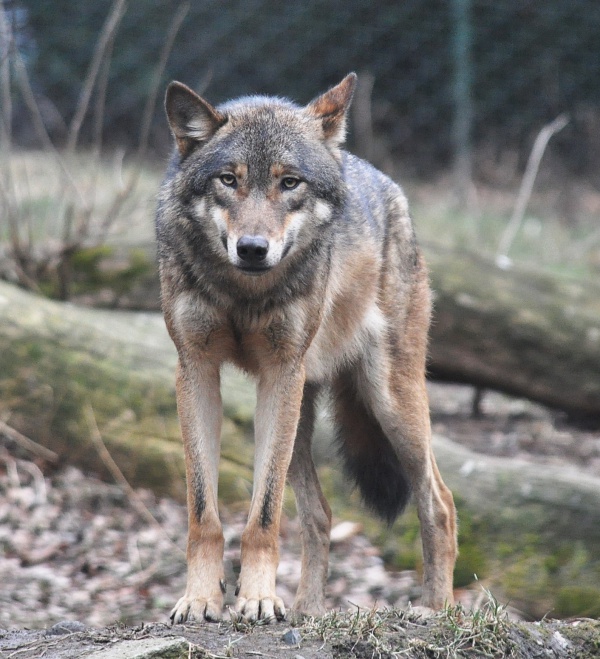
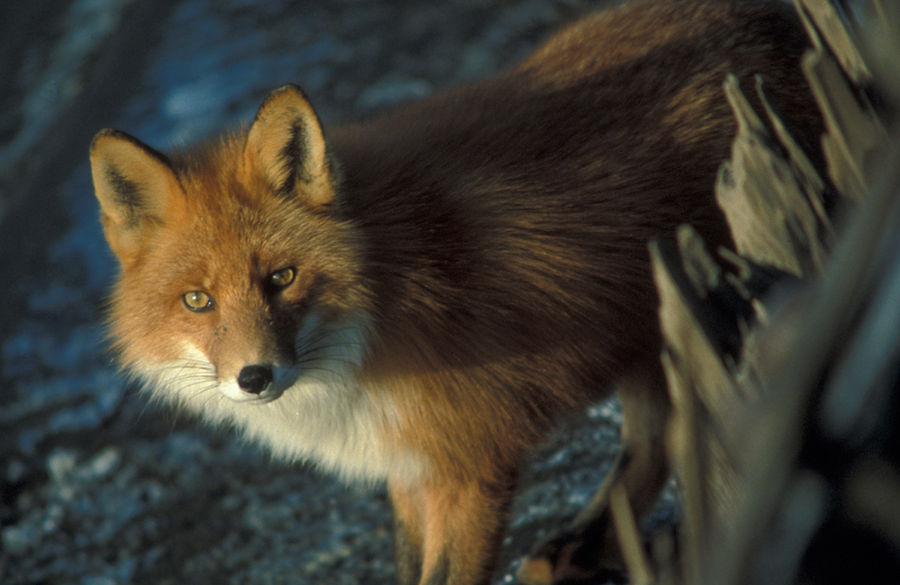
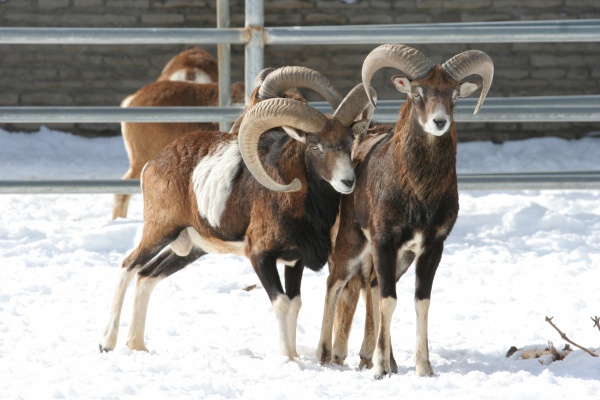
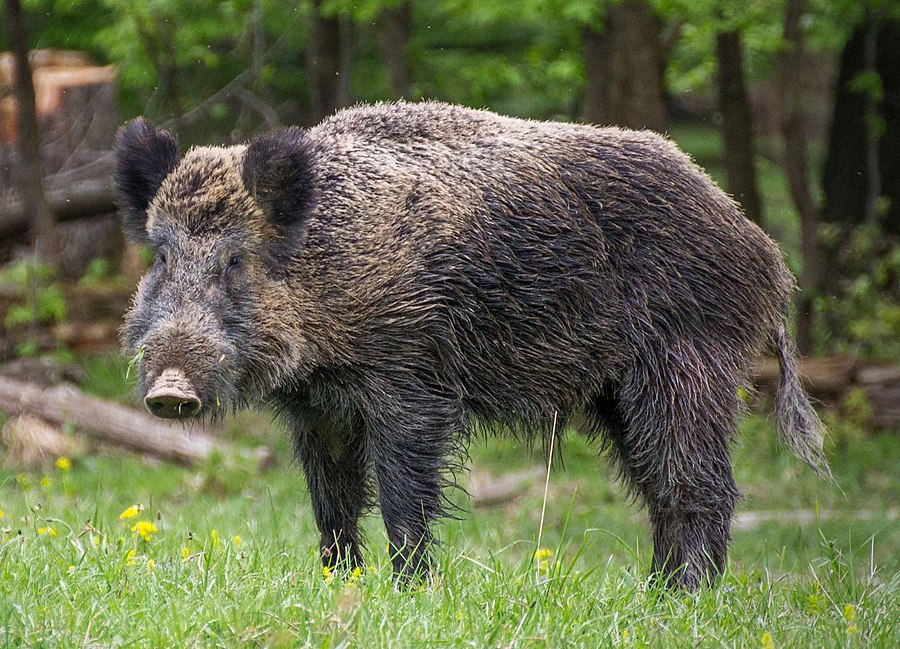
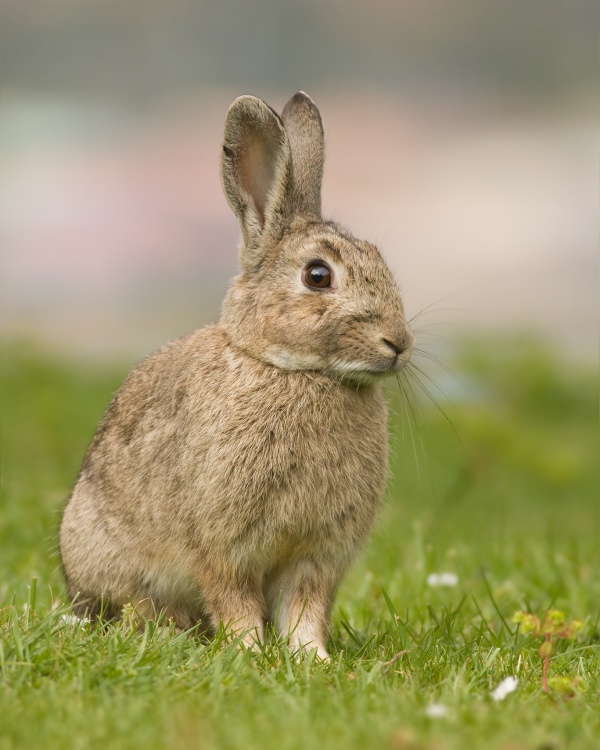
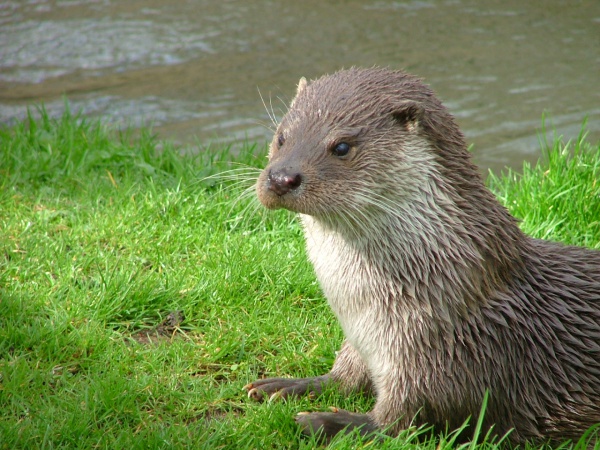
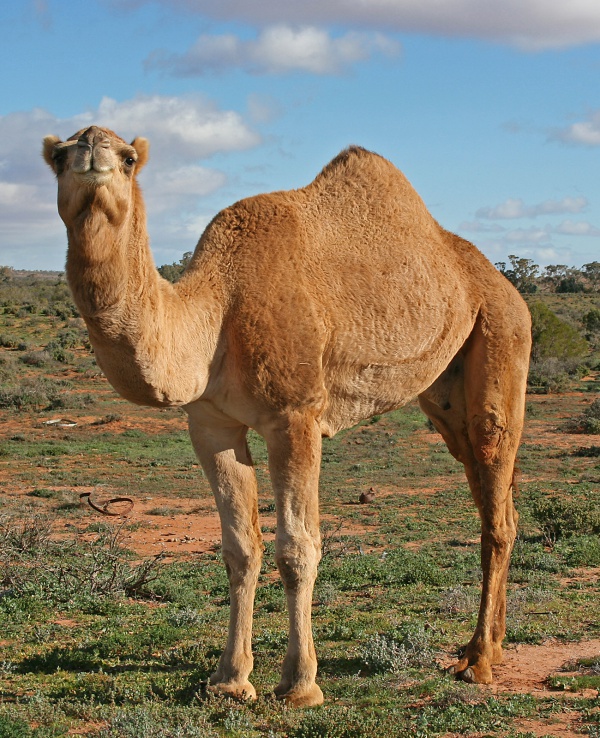
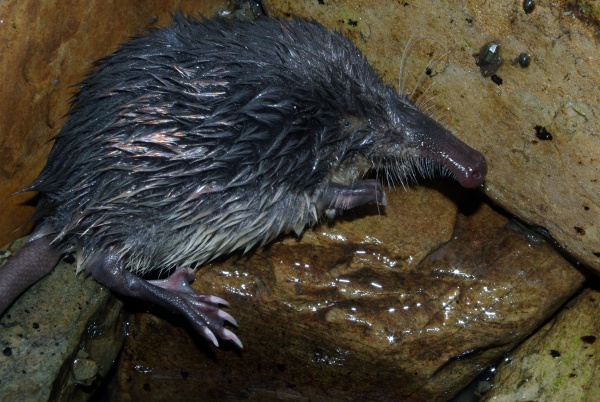
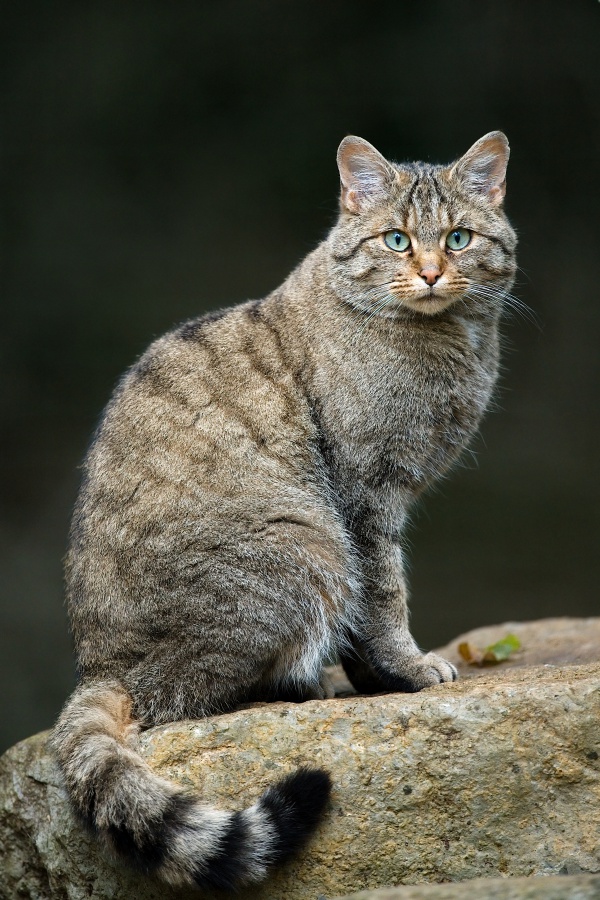
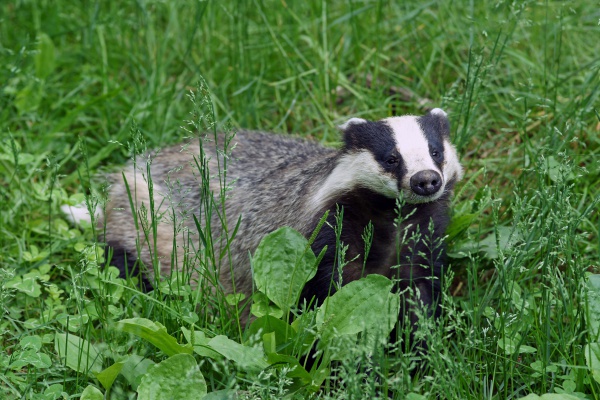
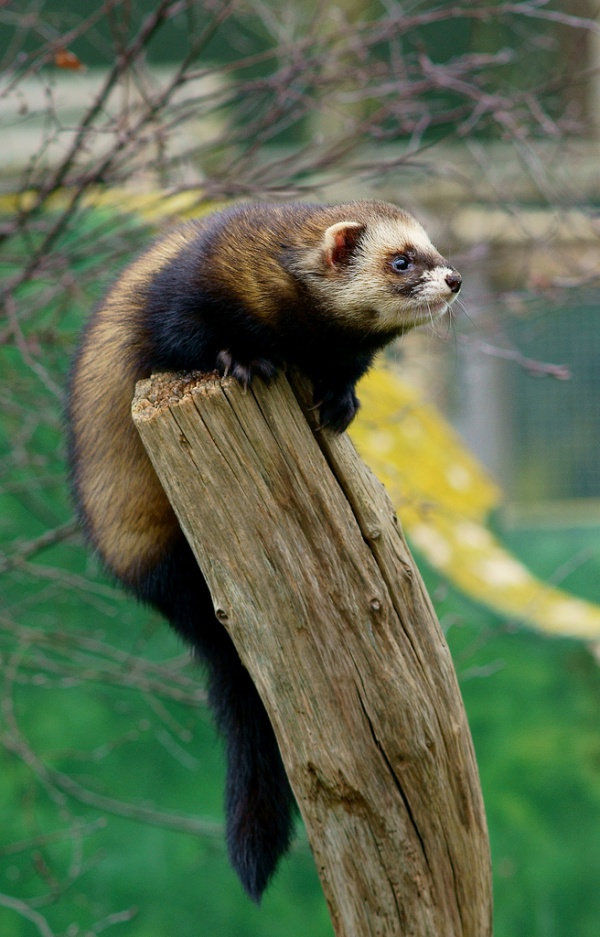
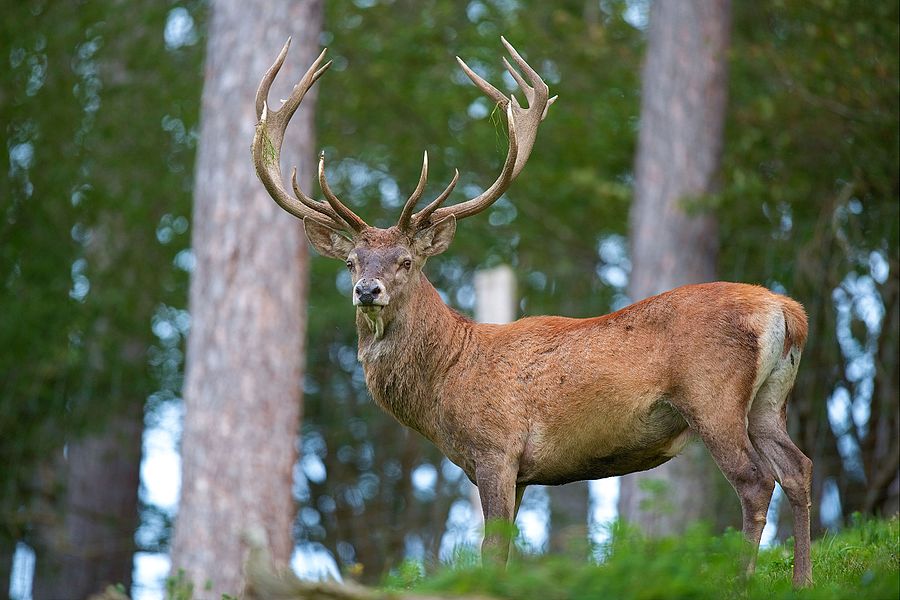
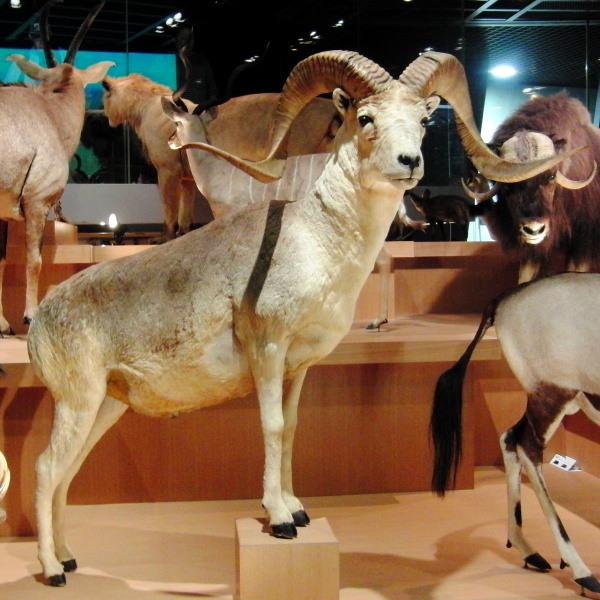
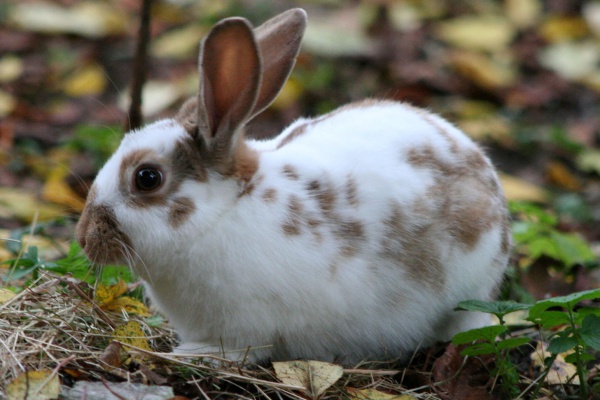
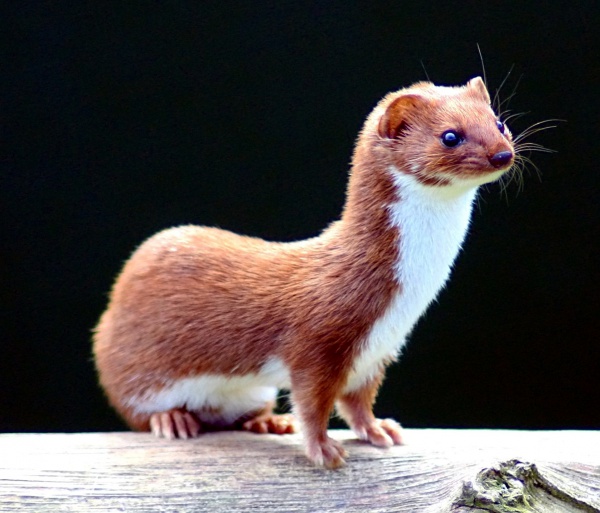
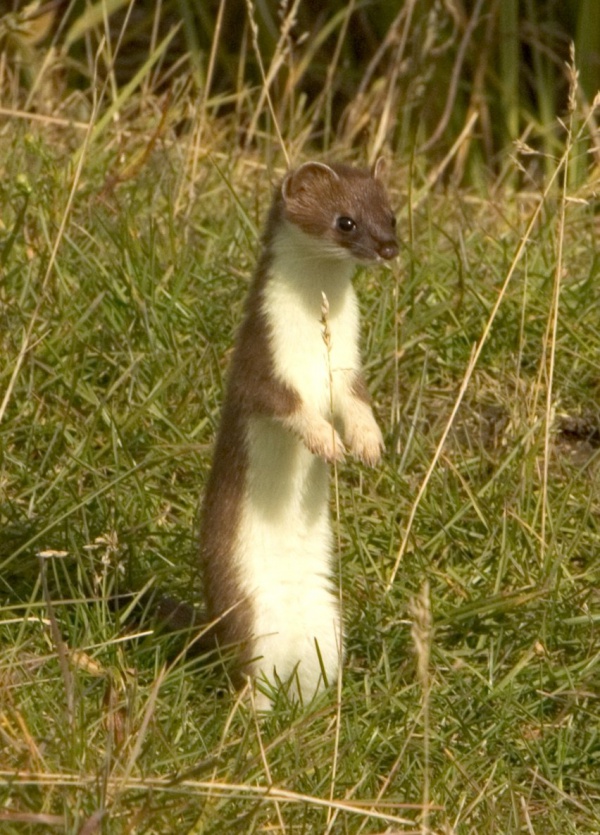
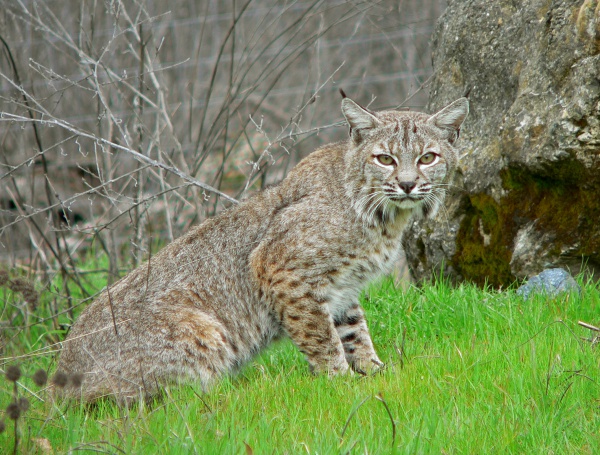
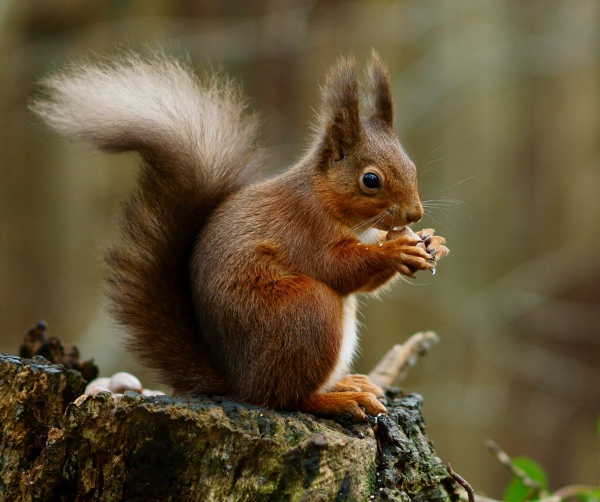
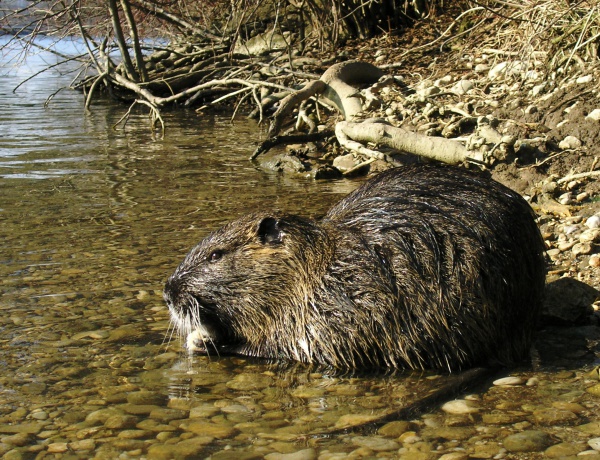
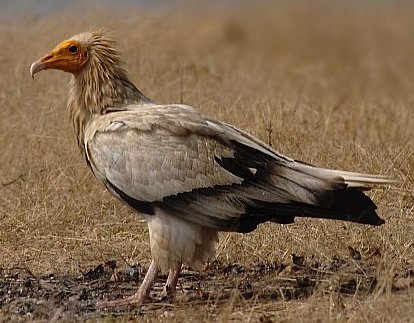
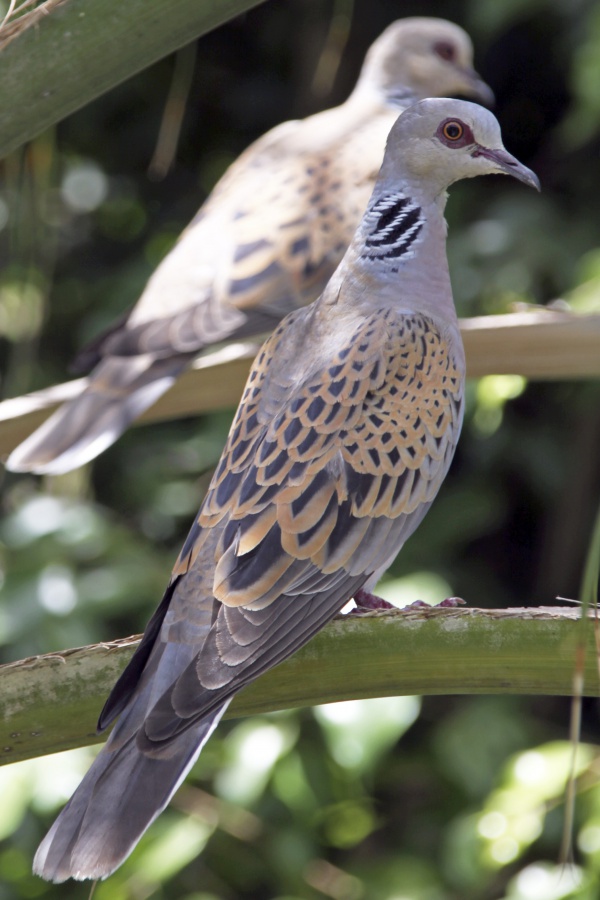
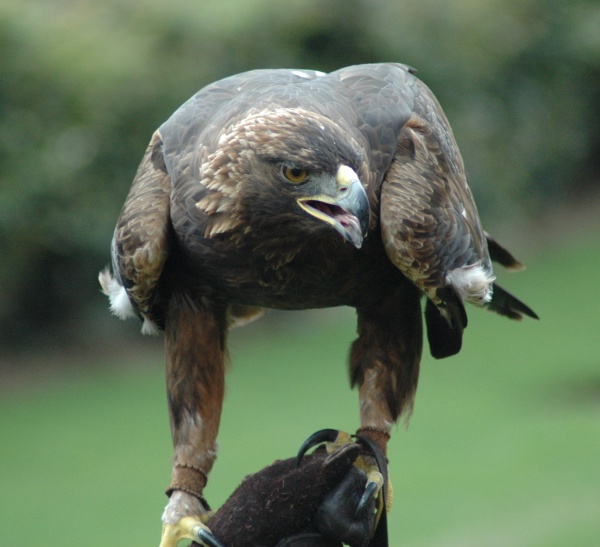
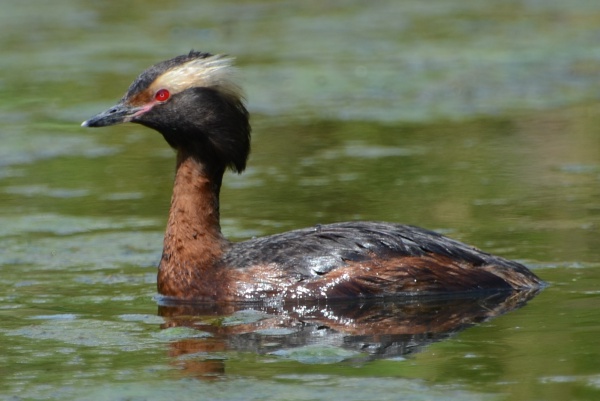
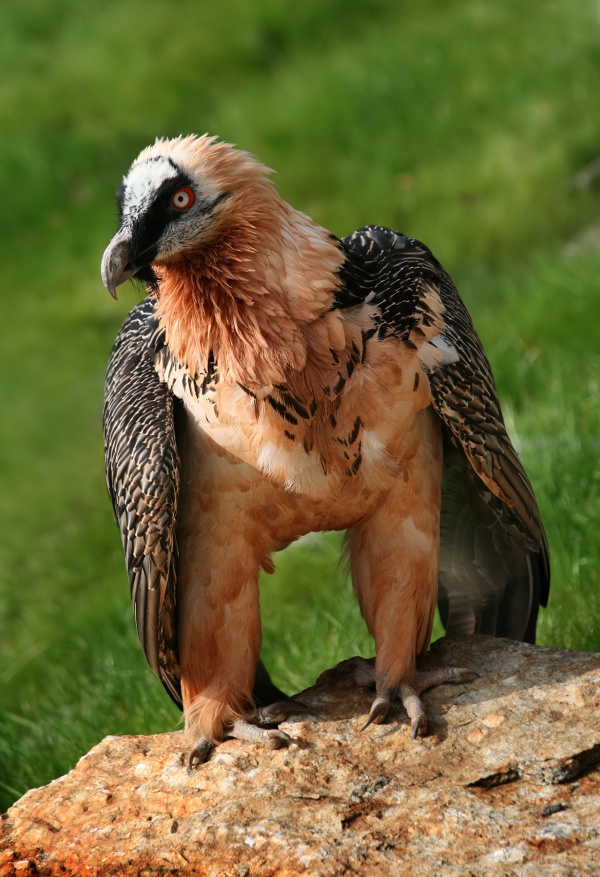
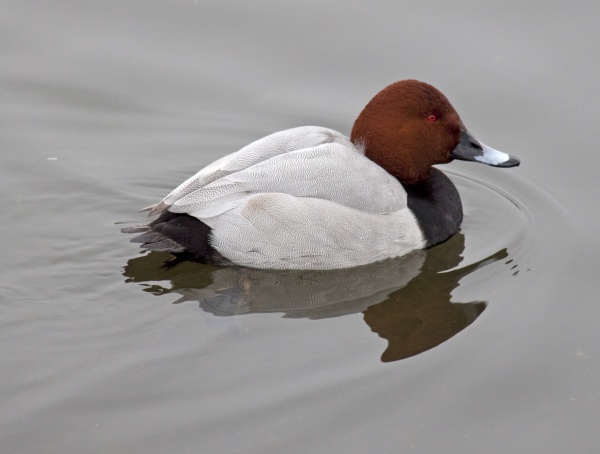
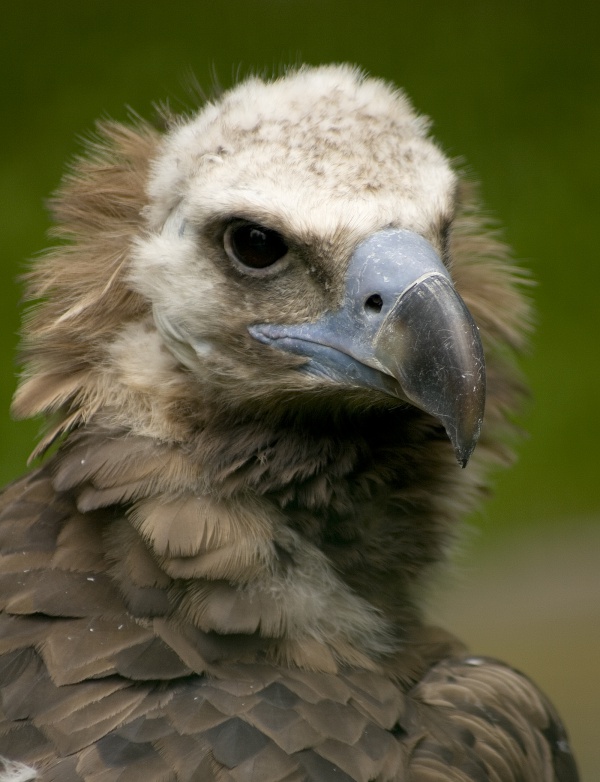
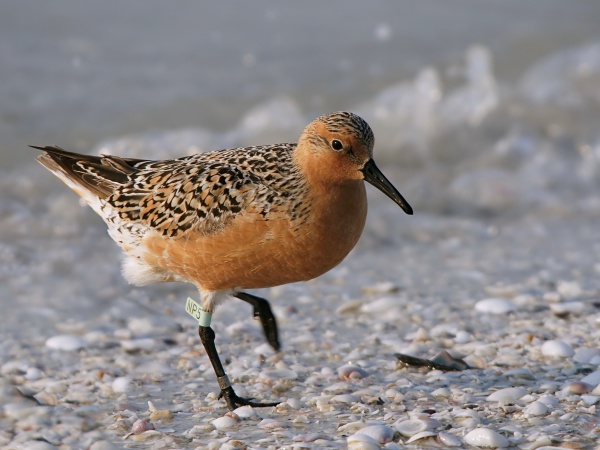
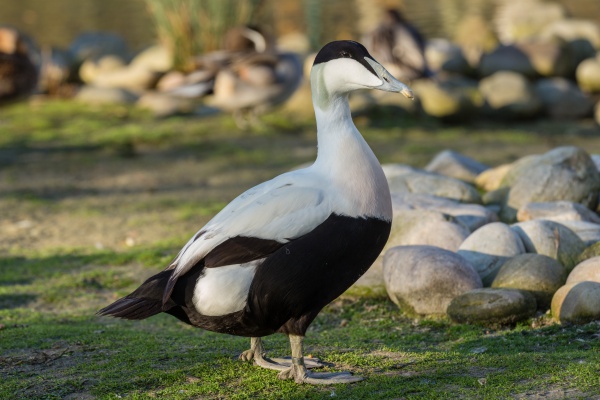
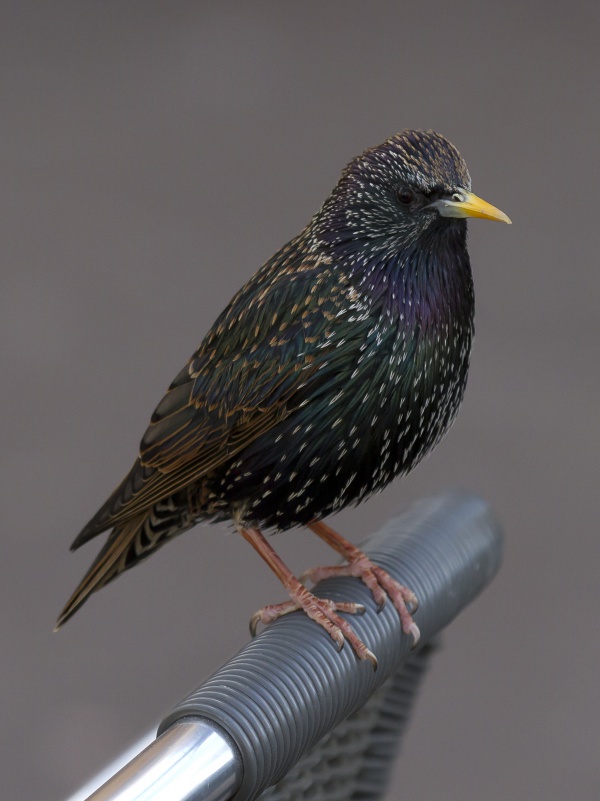
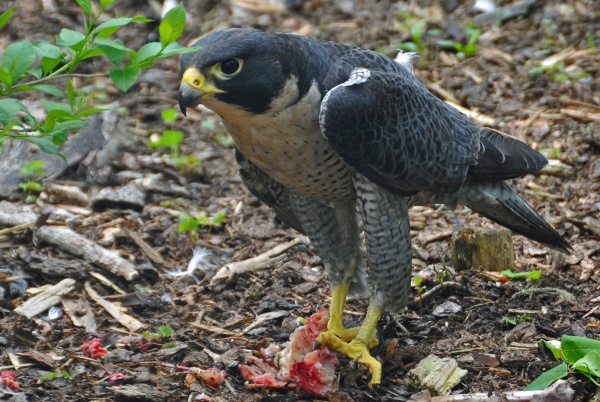
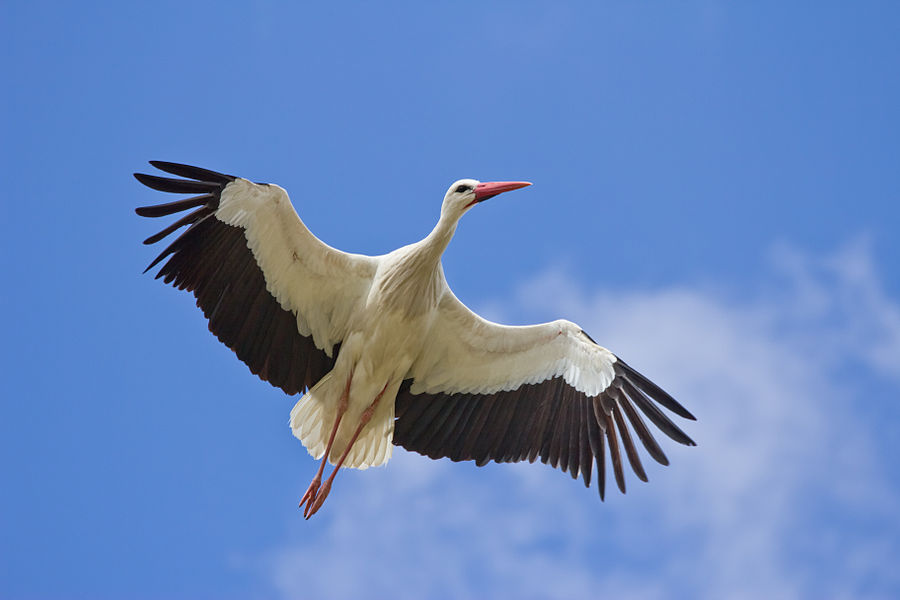
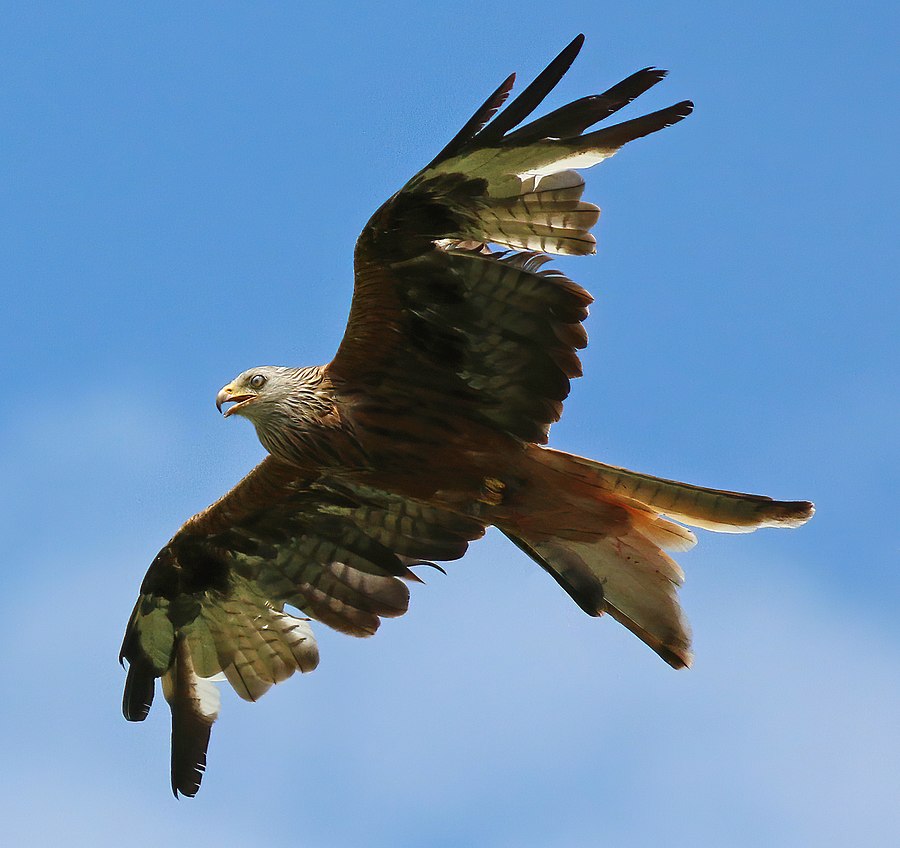
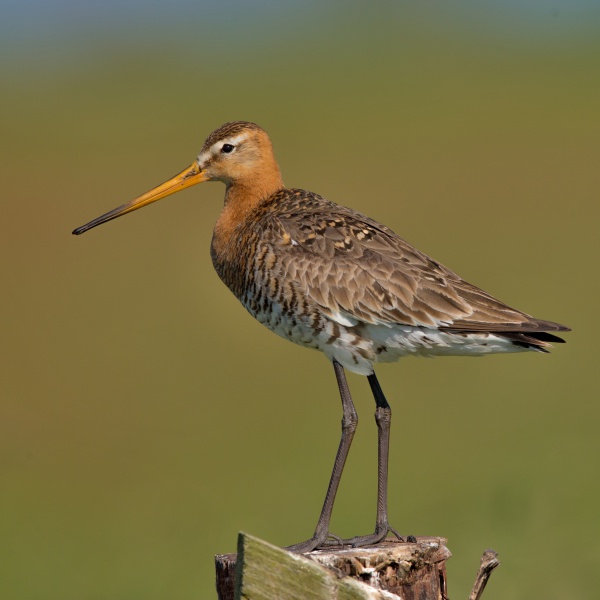
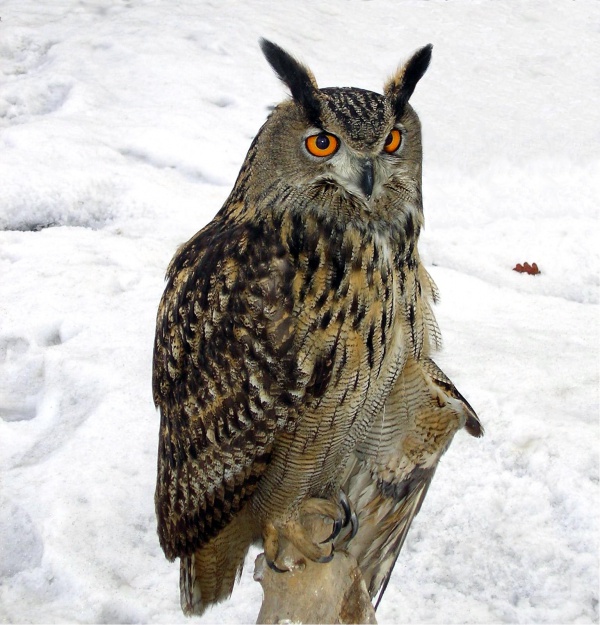
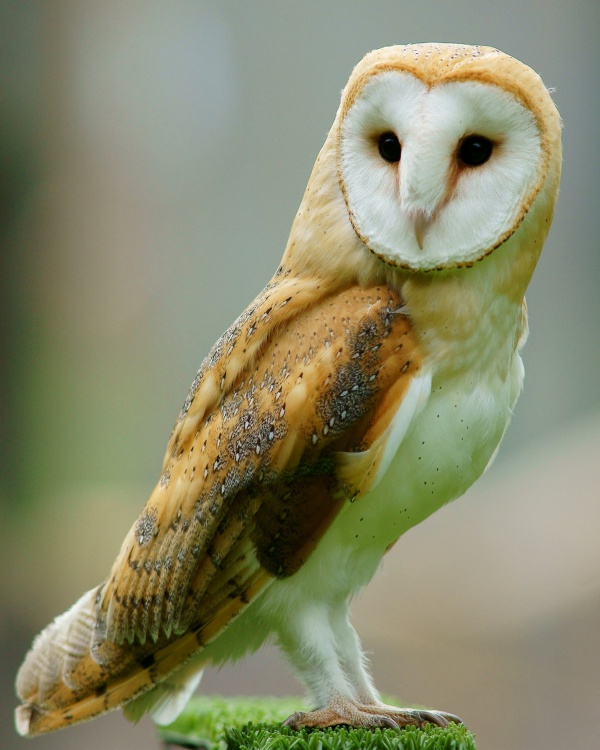
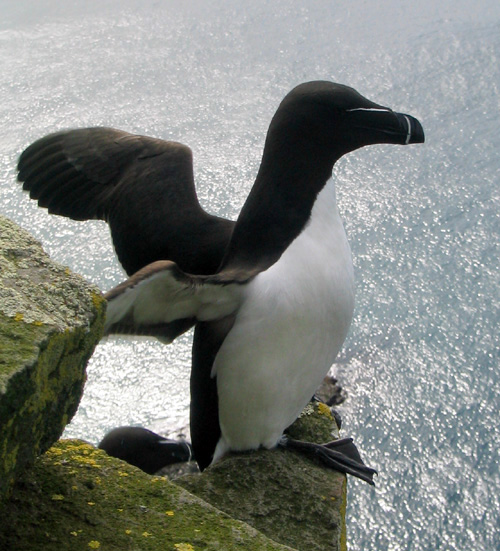
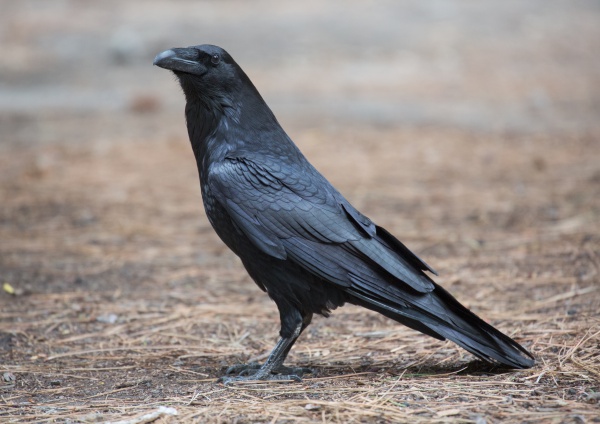
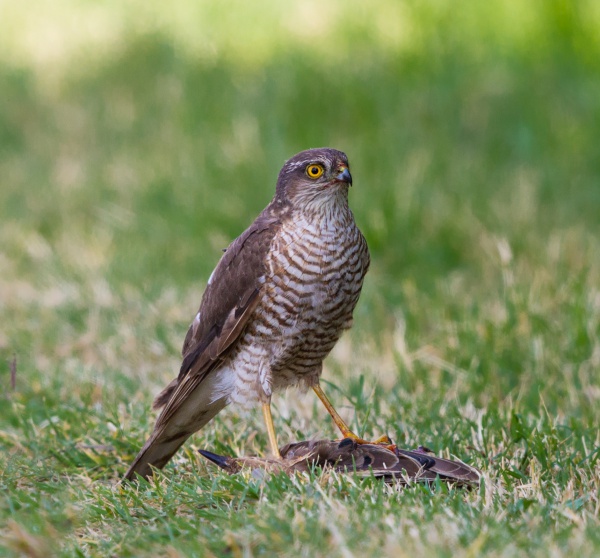
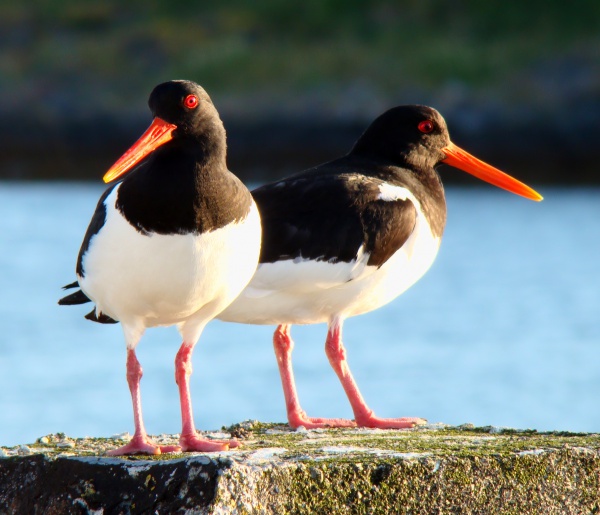
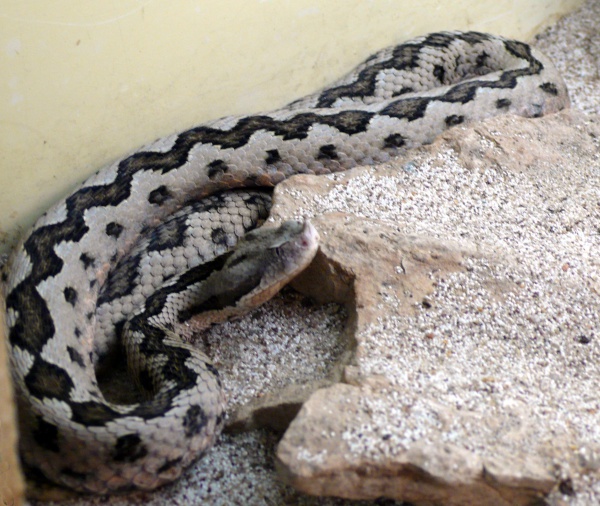
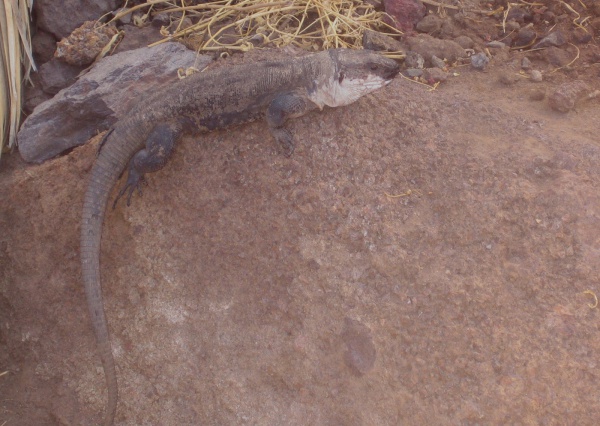
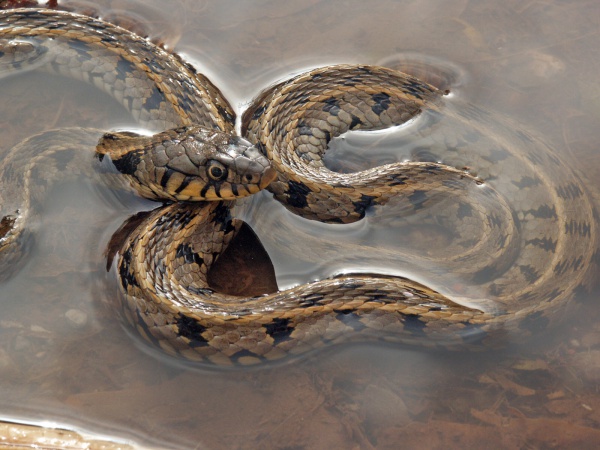
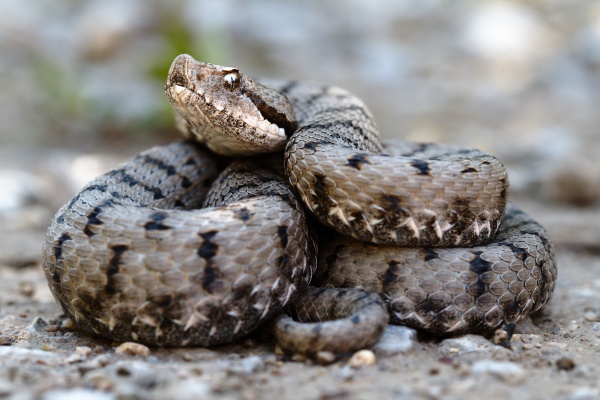
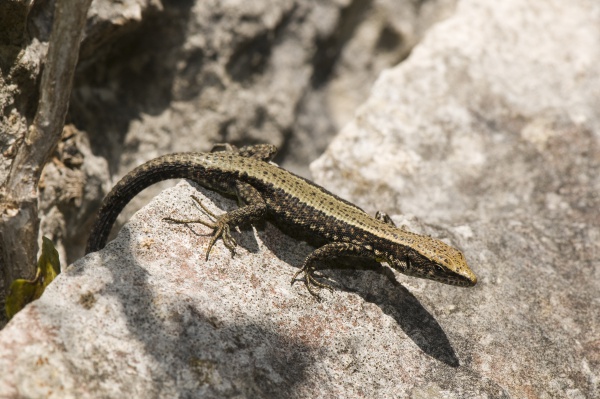
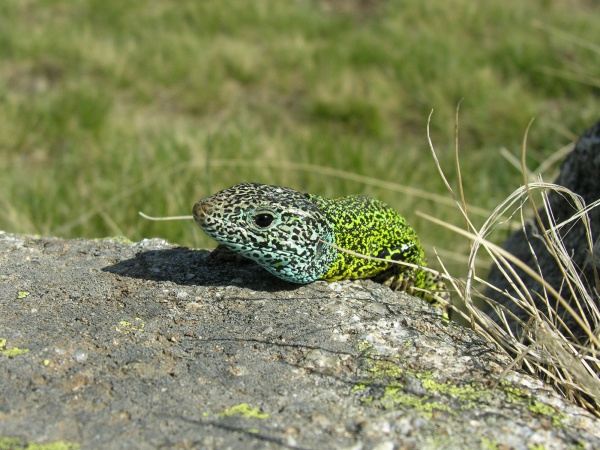
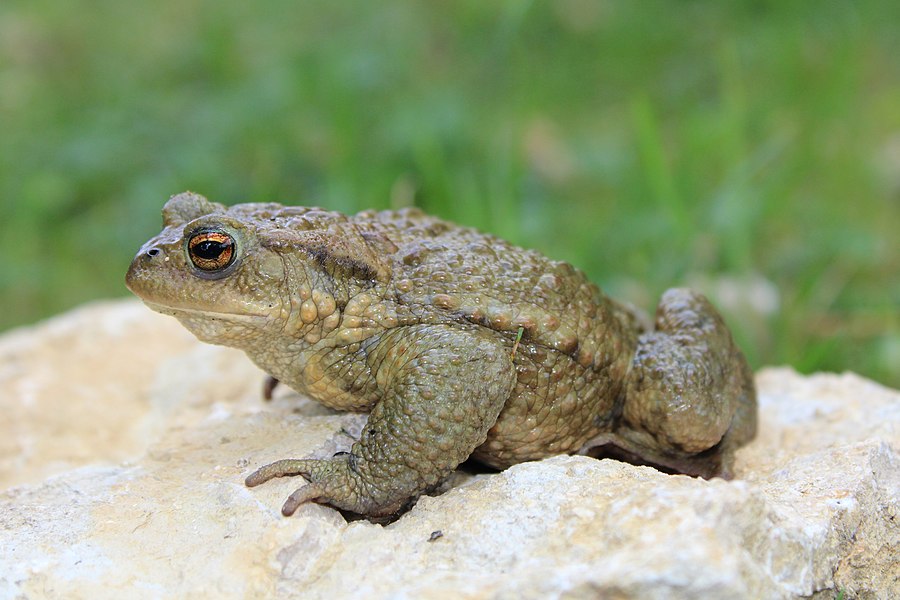
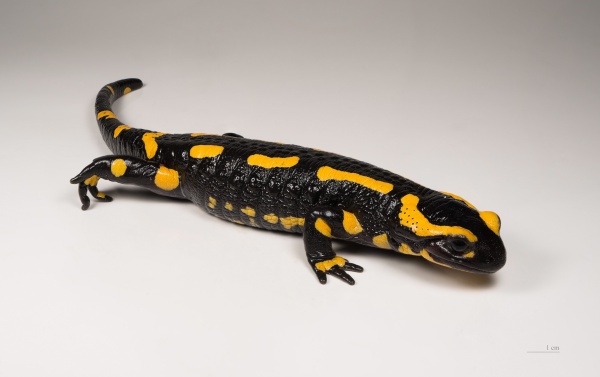
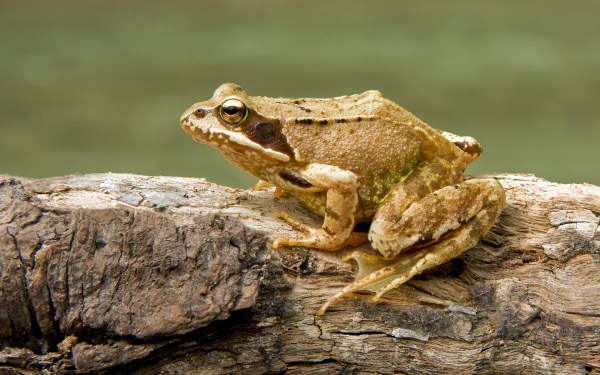
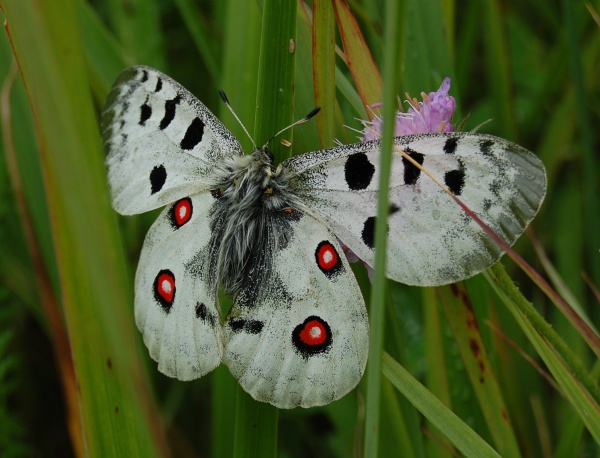
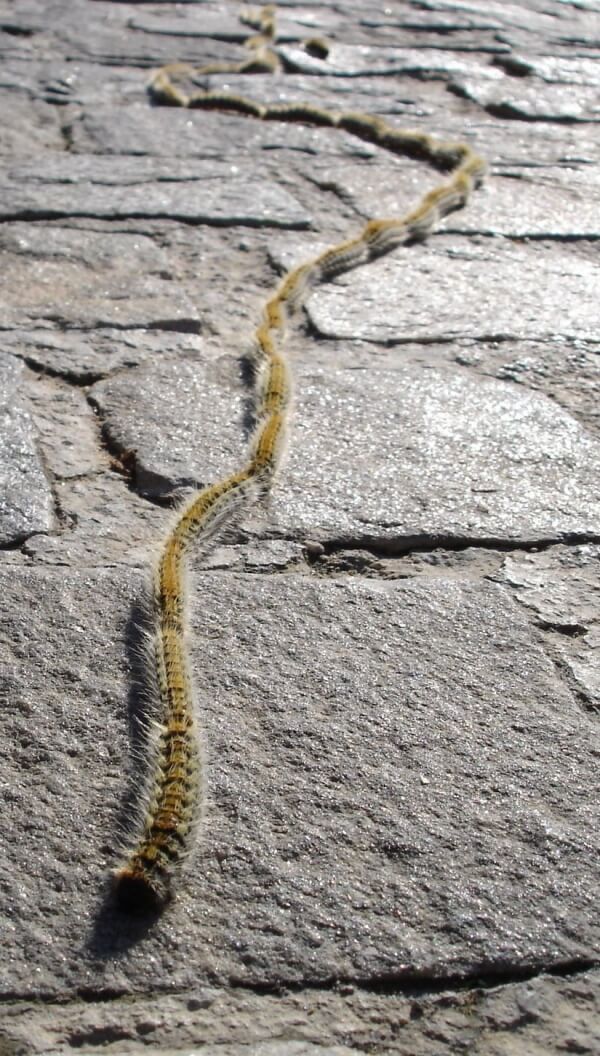
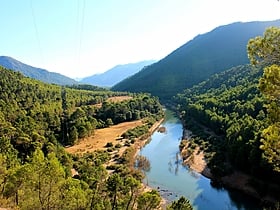

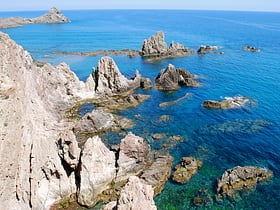
 Portugal
Portugal